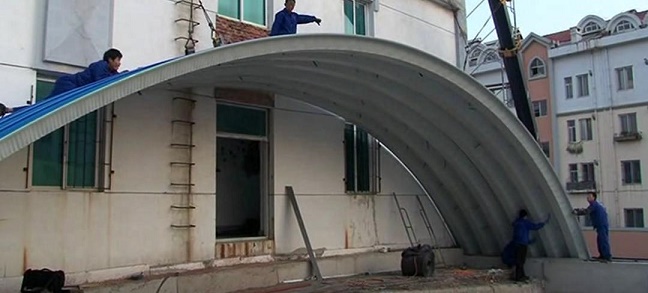
The Importance of Ceiling Keel in Construction
In the realm of construction and architecture, the term ceiling keel refers to a crucial structural component that plays a pivotal role in the overall integrity and aesthetics of a building. The ceiling keel, often known as the ceiling joist in some regions, is primarily designed to support the ceiling structure while ensuring stability and load distribution. This article delves into the significance of ceiling keels, their applications, and the considerations that builders need to address when incorporating them into their designs.
What is a Ceiling Keel?
A ceiling keel is a horizontal structural element that provides support to the ceiling finish of a room or a building. These beams or joists connect the walls of a structure and serve as a framework for the ceiling, distributing the weight of the ceiling materials evenly across the space. Typically made from materials such as lumber, steel, or engineered wood products, the ceiling keel must be capable of withstanding various loads, including the weight of the ceiling itself, heavy fixtures, insulation, and any other elements that may be installed.
Structural Importance
One of the primary functions of the ceiling keel is to ensure the structural integrity of the building. By providing a stable framework, it prevents sagging and movement, which could lead to significant issues over time. This is particularly important in multi-story buildings, where the weight of the upper floors can exert considerable pressure on the ceilings below. Properly installed ceiling keels help to manage this weight, distributing it to the load-bearing walls and ensuring that the building remains stable and safe for occupants.
Moreover, the ceiling keel contributes to sound insulation and thermal efficiency within a property. A well-designed ceiling setup can effectively reduce noise transmission between rooms, enhancing the overall comfort of a living or working space. Additionally, including insulation materials between the keels can help maintain desired temperatures in various environments, reducing energy consumption and leading to cost savings for occupants.

Aesthetic Considerations
Beyond their structural role, ceiling keels can also contribute to the aesthetics of a space. In many modern designs, exposed ceiling keels have become a popular trend, adding a rustic or industrial charm to interiors. Homeowners and designers often highlight these beams with finishes such as stains, paint, or even decorative lighting, transforming a functional element into a striking visual feature. Furthermore, careful design choices regarding the spacing and alignment of the keels can enhance the perceived dimensions of a room, making it feel more spacious and inviting.
Key Considerations in Installation
When incorporating ceiling keels in construction projects, several critical factors should be considered. First, the choice of material is essential. The selected material must not only match the overall aesthetic of the building but also meet the structural demands of the space. Additionally, the size and spacing of the keels must be calculated based on the expected load and the overall design of the ceiling.
Building codes and regulations also play a crucial role in ceiling keel installation. Each region may have specific guidelines regarding the minimum sizes, materials, and installation techniques that must be followed to ensure safety and compliance. Therefore, consulting with a structural engineer or an experienced contractor is advisable to ensure that all relevant standards are met.
Conclusion
In conclusion, ceiling keels are a fundamental aspect of construction that serves both structural and aesthetic purposes. Their ability to provide support, enhance sound insulation, and contribute to the overall appearance of a room make them indispensable in modern architectural designs. By carefully considering their design, material, and installation, builders can ensure that ceiling keels not only fulfill their essential function but also add beauty and value to the spaces they inhabit. As architectural trends continue to evolve, the ceiling keel remains a testament to the importance of combining functionality with style in the built environment.